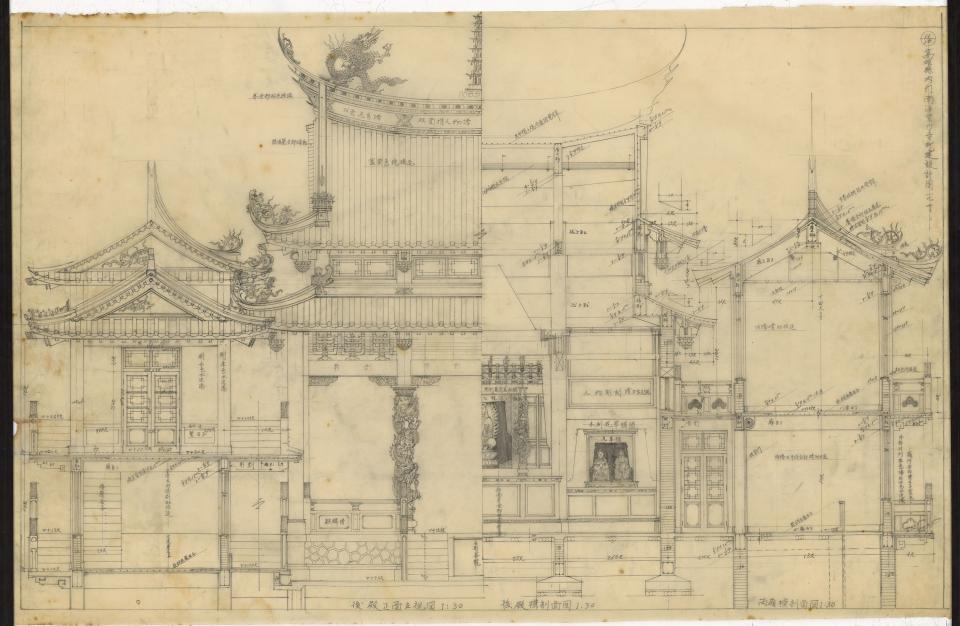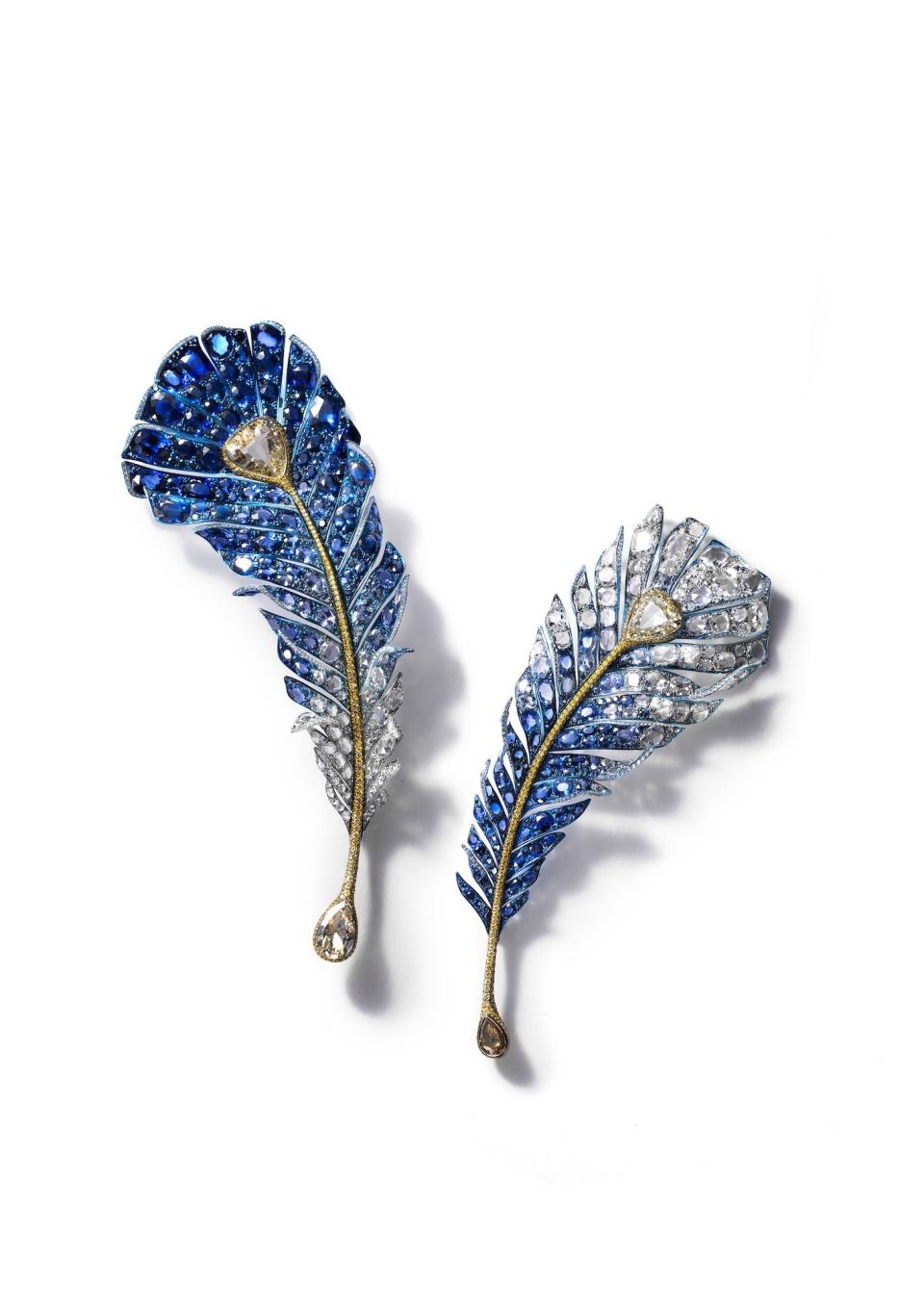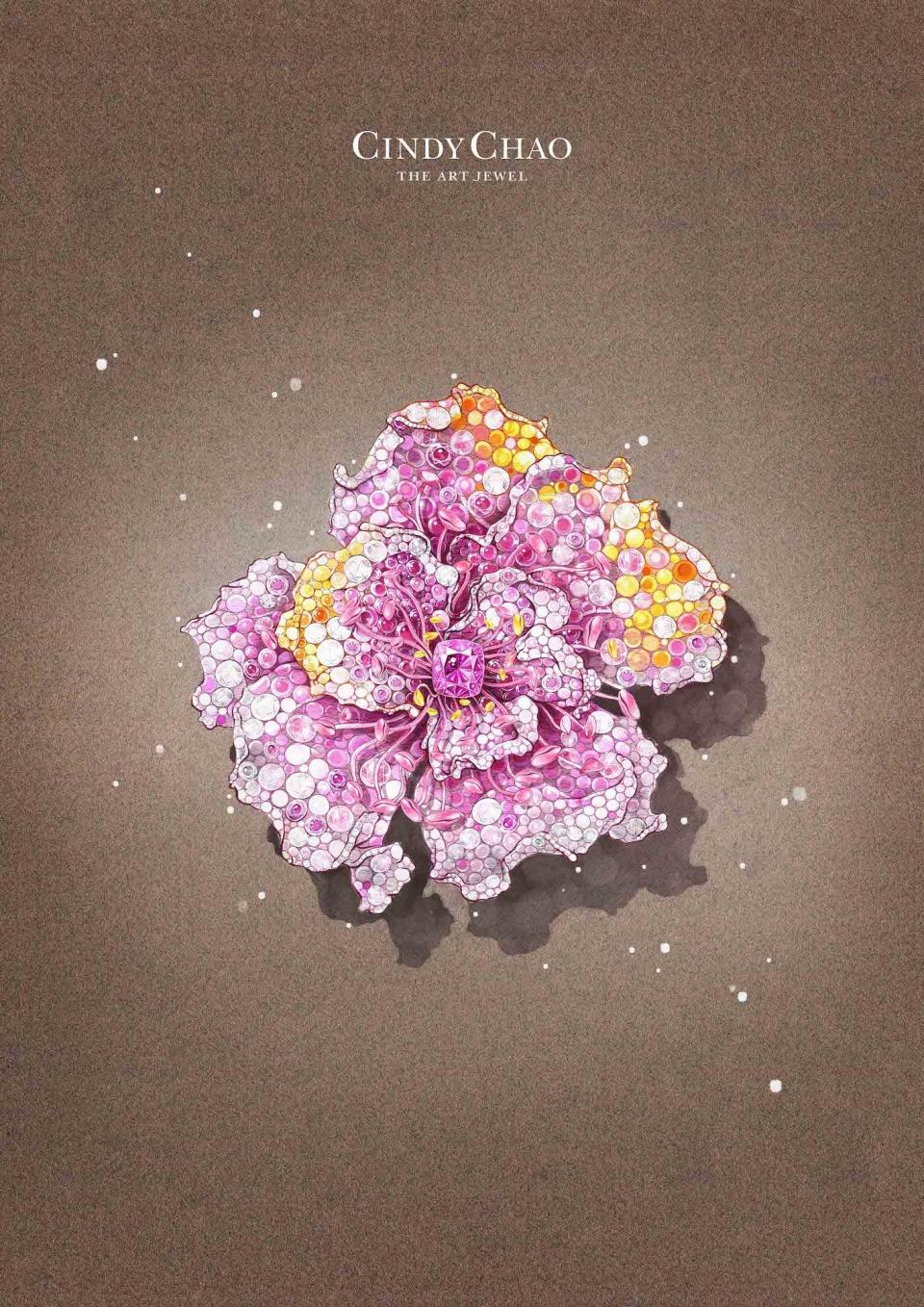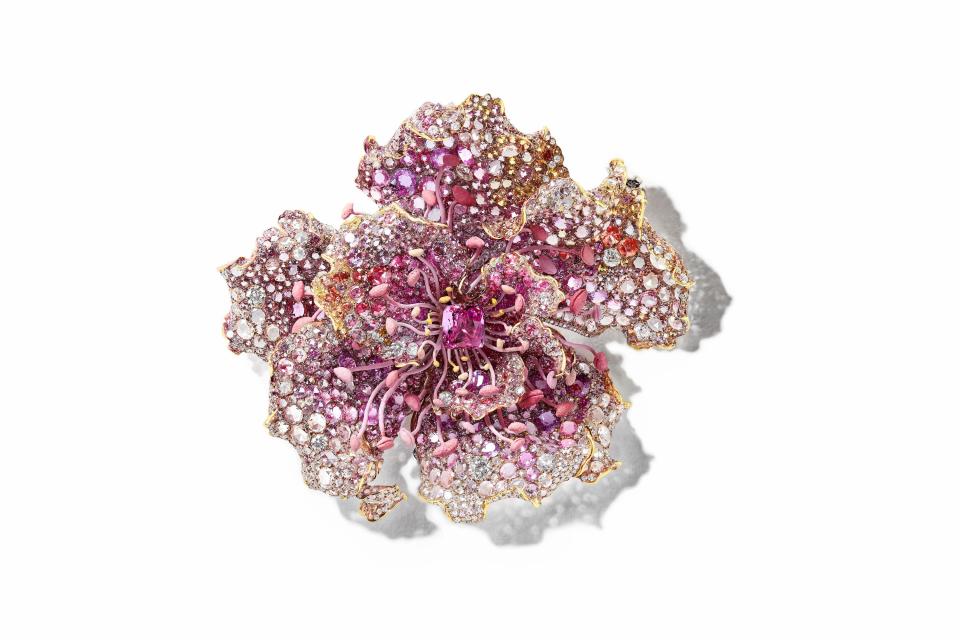How Architecture Inspires Renowned Couture Jeweler Cindy Chao
For couture jeweler Cindy Chao, her pieces are more than just adornment for the body: They’re veritable works of art collected by connoisseurs and museums (like the Smithsonian National Museum of Natural History, for instance) alike. Since she established her eponymous company, Cindy Chao The Art Jewel, in 2004, the Taiwanese artist has seen her work worn by A-list celebrities to the Academy Awards and exhibited at the world’s top fairs, most recently Masterpiece London just a few weeks ago. Chao was destined to become an artist from the very beginning—she was born into a creative family, her father a sculptor—but her interest in the arts didn’t stem from jewelry. Her grandfather was an architect who designed temples across Taiwan, and spending time with him growing up led her to become the artist she is today. We spoke with Chao about the connection between architecture and Art Jewels, as her works are known.

Architectural Digest: What did you learn from your grandfather that impacts your creative process and body of work?
Cindy Chao: During my childhood, my grandfather’s studio and construction sites were my playgrounds. In his studio, he would show me blueprints, and at his construction sites, he would explain the architectural concepts behind them. Although abstract at the beginning, this process gradually formed my three-dimensional perspective of the world. Since then, I have learned to use my imagination in a spatial context. Today, I typically start each Art Jewel with wax sculpting, because this technique helps me concretize my imagination and visualize the piece, which cannot be easily achieved through two-dimensional sketches alone.
Beyond shaping my mind-set, my grandfather also trained my eye. Because of him, I am particularly sensitive to color gradations—something I find indispensable for creating visual impact. I owe this to my grandfather’s training from back in the days when technology could not be relied on. At his construction sites, he showed me the art of toning to create a palette of colors with subtle nuances; at the beginning, I could not tell any difference with my naked eye, but eventually, I adapted this technique.

AD: What’s your process for creating a new piece?
CC: Creating a jewelry piece is a long process. The initial stage of wax sculpting allows me to visualize the three-dimensional aspects of my work; from this, the base of the Art Jewels emerges. The process is incredibly intricate due to the complex undulating lines in my work; however, the wax technique is the only approach that guarantees perfection as the end result—I can feel it, touch it, and view it from all angles. Once the wax models are completed, we create sketches to help the diamond setters and master craftsmen to visualize the coloration of the final Art Jewel. We also have an internal team of certified gemologists selecting diamonds and gemstones for the Art Jewels.

The wax models, sketches, and selected diamonds and gemstones are then sent to our exclusive ateliers in Europe. The master craftsmen transform the wax into gold, silver, or titanium, then they chisel and polish the metal base and eventually set the thousands of gemstones. This process can take anywhere from months to years to complete.
The final setting, done with a three-dimensional inlay technique, is the most challenging step. It must maximize the brilliance of gems by taking into consideration their unique characteristics. The work is so precise and demanding that my craftsmen can only spend three hours a day on the task. We are very fortunate to work with these master craftsmen in Europe who have the experience and technique required to bring my creations to the next level. I travel to Switzerland and France to visit the ateliers almost every other two or three weeks to brainstorm with the craftsmen—it is very rewarding to feed off each other’s energy and ideas to bring forth the beautiful works of art. My creations challenge them to think outside the box of their century-old craft.

AD: What parallels can you draw between architecture and your work?
CC: In my eyes, architecture is the philosophy of arranging light and shades in a certain three-dimensional space. My Art Jewels are often referred to as miniature architectures because one can easily observe how gemstones’ colors interact differently. Take my 2019 Black Label Masterpiece IX “Damask Rose Brooch,” for example. It has eight richly undulated petals of various sizes and shapes, all assembled in an asymmetric manner. The flower is set with a total of 1,924 diamonds, 1,504 pink sapphires, and 232 orange sapphires; just the pink sapphires alone come in 18 color gradients. When the light travels through the gems, each of the precious stones is brought to life, with pink and orange colors blending vividly yet harmoniously. When you view the rose from different angles, you can appreciate the changing light, shades, and color of this curved construction—it’s similar to the way one views architecture.
AD: What other architecture inspires you?
CC: As a global traveler, I am always fascinated by architecture across geography and time. From ancient arches with mesmerizing stained-glass windows at Notre-Dame de Paris to the organic, sculpted façade of Sagrada Familia to the dazzling ceiling of the Louvre Abu Dhabi—these landmarks each translate space and the structure in a unique way.
Originally Appeared on Architectural Digest

